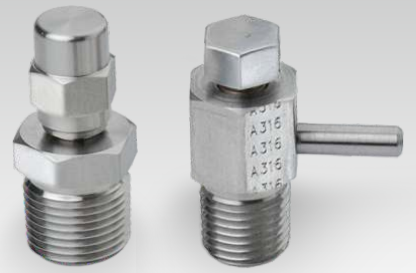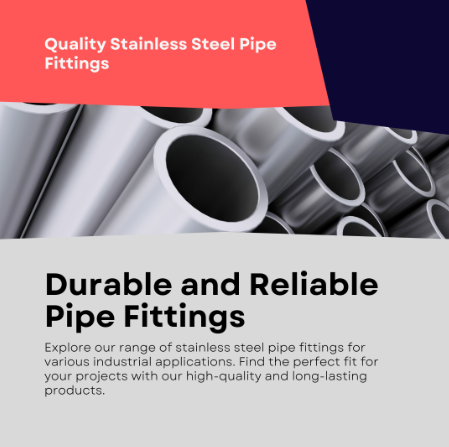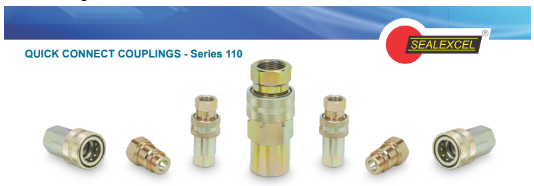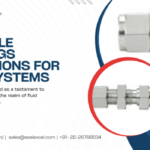
Unlocking the Power of Ferrule Fittings: The Key to Seamless Fluid Systems
March 16, 2024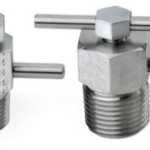
Bleeder Valves: Tiny Titans of Pressure Control
April 6, 2024Have you ever noticed your computer running slower than molasses in January? Or maybe your car sputters and coughs like it’s begging for a breath of fresh air? These sluggish performances often stem from a common culprit: a buildup of unwanted materials within the system. Thankfully, a simple yet powerful solution exists – the Purge Valve.
This blog post dives deep into the world of purge valves, exploring what they are, how they work, and why they’re essential for maintaining optimal system health. We’ll also delve into their various applications across industries and provide tips on maintaining and replacing these unsung heroes.
Understanding Purge Valves
Imagine a tiny janitor constantly working behind the scenes to keep your system clean. That’s essentially what a purge valve does. But before we get into its superhero routine, let’s understand the basics.
A purge valve is a mechanical device designed to remove unwanted fluids, contaminants, or gas vapors from a system. These valves come in various types, such as solenoid valves that use electrical signals to open and close, and diaphragm valves controlled by pressure differentials.
The working principle of a purge valve is quite straightforward. It acts like a gatekeeper, opening and closing to allow the passage of a purging agent (often air or clean fluid) that flushes out the unwanted materials. Think of it like flushing your house’s plumbing system to eliminate clogs and buildup.
Here’s why you should seriously consider having purge valves in your system:
- Improved System Performance: By removing contaminants that can impede smooth operation, purge valves help your system function at its best. This can translate to a faster computer, a smoother-running engine, or efficient industrial processes.
- Reduced Emissions & Environmental Impact: In car engines, purge valves play a crucial role in emission control systems. They remove unburnt gas vapors from the engine, resulting in cleaner emissions and a reduced environmental footprint.
- Extended Equipment Life: Buildup of contaminants can take a toll on equipment over time. Purge valves prevent this by regularly clearing out unwanted materials, thereby increasing the lifespan of your valuable systems.
- Enhanced Safety: In some situations, purge valves can contribute to safety. For example, removing flammable gas vapors from a system can minimize the risk of fires or explosions.
Applications of Purge Valves: Keeping Systems Clean Across Industries
Purge valves are not just for fancy cars; they’re workhorses across various industries. Let’s explore some key applications:
- Automotive Industry: The automotive industry is a prime example. Here, purge valves are an integral part of emission control systems. They help trap unburnt gas vapors from the engine and send them back to be burned properly, leading to cleaner emissions and better fuel economy.
- Industrial Applications: In industrial settings, purge valves play a vital role in maintaining efficient operations. In pneumatic systems, they remove moisture that can damage tools and machinery. In hydraulic systems, they eliminate air bubbles that can cause erratic operation. Additionally, in chemical processing plants, purge valves ensure the safe removal of hazardous materials during maintenance or emergencies.
- Medical Equipment: Sterility and functionality are paramount in medical equipment. Purge valves play a role in keeping air and fluid lines clean, ensuring the safe and effective operation of medical devices.
- Home Appliances: While less common, purge valves have potential applications in certain home appliances. For instance, air conditioners might benefit from purge valves to remove condensate buildup, while refrigerators could utilize them to safely remove refrigerant during maintenance procedures.
Maintaining and Replacing Purge Valves: Ensuring Peak Performance
Just like any other component, purge valves require occasional maintenance to function optimally. Regular inspections and cleaning will ensure they continue to do their job effectively.
Here are some signs that your Purge Valve might need attention:
- Decreased System Performance: If your system starts to exhibit sluggishness or decreased efficiency, a malfunctioning purge valve could be the culprit.
- Unusual Noises: A properly functioning purge valve operates silently. If you hear strange clicking or hissing sounds, it’s a good idea to get the valve checked.
- Leaks: Leaks around the purge valve are a clear sign of damage and require immediate attention.
While replacing a purge valve might seem like a simple DIY project, it’s crucial to consult your system’s manual or seek professional help. Incorrect installation or replacement can lead to further problems.
Conclusion: Keeping Your System Clean, One Click at a Time
Purge valves, despite their seemingly mundane nature, play a vital role in maintaining system health and performance. By regularly removing unwanted materials and contaminants, they ensure optimal operation, reduced emissions, and extended equipment life.
So, the next time you encounter sluggish performance in your system, consider the humble purge valve. Investing in a properly functioning purge valve can be a one-click solution to a multitude of problems.
Call to Action
Remember, purge valves come in various types and applications. If you’re unsure whether your system could benefit from a purge valve or need help identifying the right type for your needs, consulting a professional is always recommended. They are able to evaluate your particular circumstance and provide the best purge valve option.
Additional Tips for Optimal Performance with Purge Valves
Here are some additional tips to ensure your purge valve operates at its best:
- Refer to your system’s manual: The manufacturer’s manual will often provide specific recommendations for maintaining and cleaning your Purge Valve. Observing these recommendations will contribute to sustainability and peak performance.
- Schedule regular maintenance: Depending on your system and the environment it operates in, purge valves may require periodic cleaning or inspection. A well-maintained purge valve is a happy purge valve!
- Be mindful of replacement: While some purge valves are designed for extended use, others might need to be replaced periodically. Signs of wear and tear, like leaks or decreased efficiency, might indicate the need for a replacement. Remember, replacing a purge valve with the correct model is crucial for continued system health.
By incorporating these tips and understanding the importance of purge valves, you can ensure your systems operate smoothly, efficiently, and cleanly – all with the help of these little champions.

